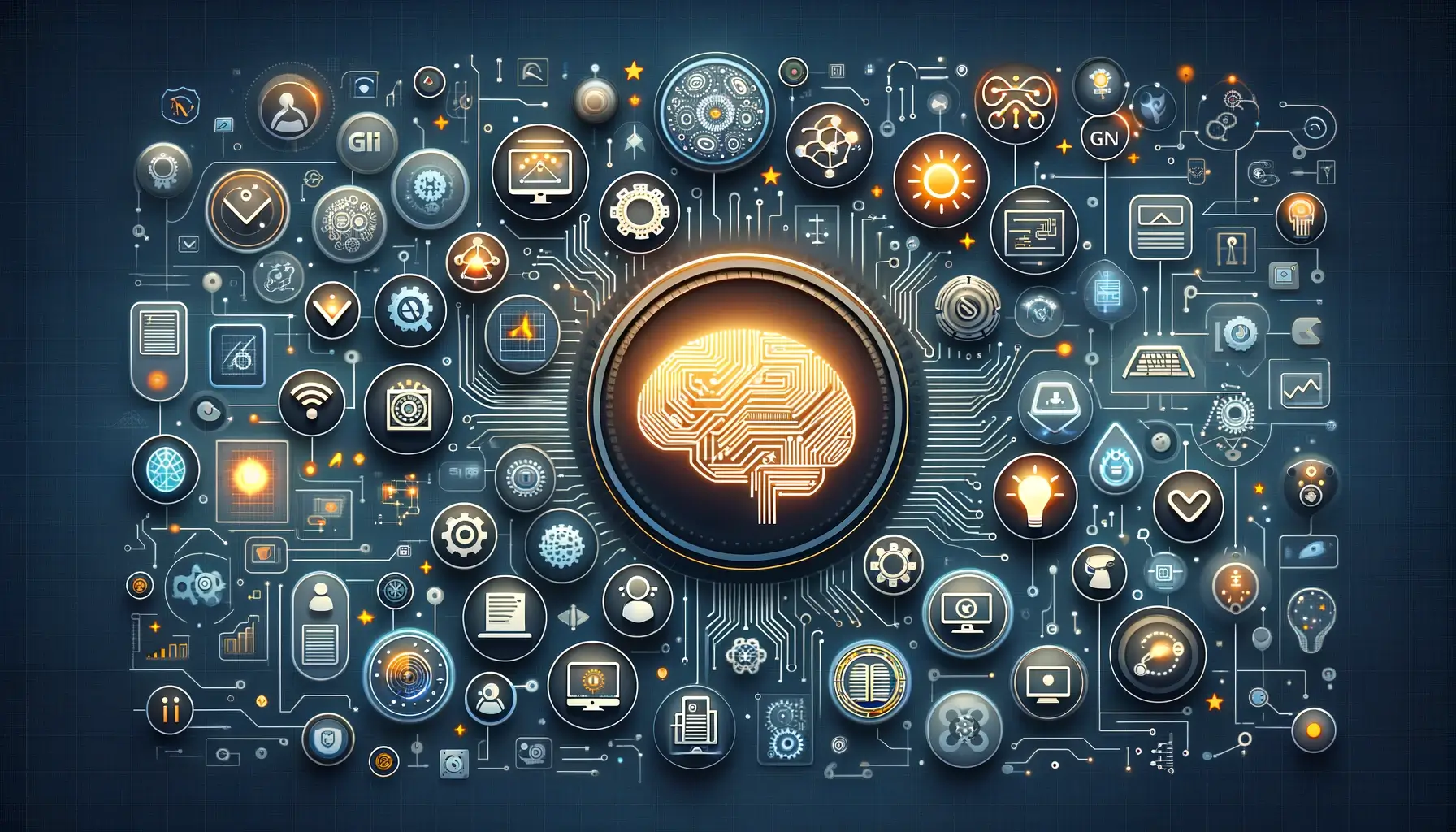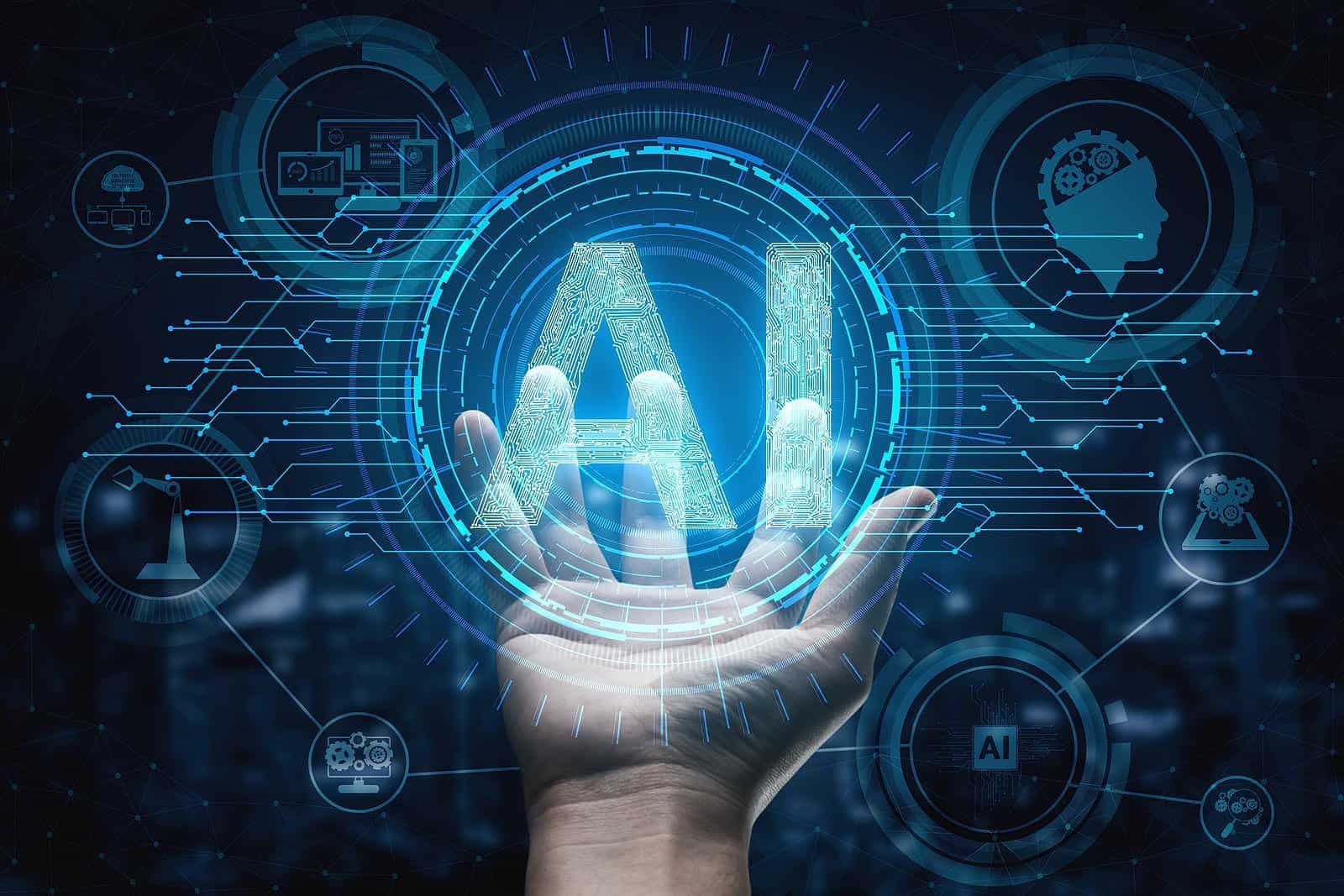forum
Unfortunately no one can be told what FluxBB is - you have to see it for yourself.
You are not logged in.
- Topics: Active | Unanswered
Pages: 1
#1 Test forum » ARTIFICIAL INTELLIGENCE aND tHE FUTURE OF EDUCATION » 2025-02-04 18:19:37
- GPTMikayla
- Replies: 0
Technology is changing our world at an amazing rate! Its sweeping changes can be discovered all over and visualchemy.gallery they can be referred to as both thrilling, and at the same time terrifying. Although individuals in lots of parts of the world are still trying to come to terms with earlier technological transformations along with their sweeping social and educational ramifications - which are still unfolding, they have been woken up to the reality of yet another digital transformation - the AI transformation.
Artificial Intelligence (AI) technology describes the ability of a digital computer system or computer-controlled robotic to carry out tasks that would otherwise have actually been performed by people. AI systems are created to have the intellectual procedures that characterize human beings, such as the capability to factor, find meaning, generalize or gain from past experience. With AI innovation, huge quantities of info and text can be processed far beyond any human capacity. AI can also be utilized to produce a huge variety of new content.
In the field of Education, AI technology includes the possible to enable new types of mentor, discovering and academic management. It can likewise enhance finding out experiences and assistance teacher jobs. However, in spite of its favorable capacity, AI likewise presents substantial dangers to students, the mentor neighborhood, education systems and society at big.
What are a few of these risks? AI can lower teaching and finding out procedures to calculations and automated jobs in methods that devalue the function and impact of instructors and weaken their relationships with students. It can narrow education to only that which AI can process, design and provide. AI can also get worse the worldwide shortage of certified instructors through disproportionate costs on technology at the cost of investment in human capacity development.
The usage of AI in education likewise creates some essential questions about the capability of instructors to act purposefully and constructively in identifying how and when to make cautious usage of this innovation in an effort to direct their expert development, find solutions to obstacles they deal with and enhance their practice. Such fundamental concerns consist of:
· What will be the role of instructors if AI innovation become widely carried out in the field of education?
· What will assessments appear like?
· In a world where generative AI systems appear to be developing brand-new capabilities by the month, what skills, outlooks and proficiencies should our education system cultivate?
· What changes will be required in schools and beyond to assist trainees strategy and direct their future in a world where human intelligence and device intelligence would appear to have ended up being ever more carefully linked - one supporting the other and vice versa?
· What then would be the function or function of education in a world dominated by Artificial Intelligence innovation where human beings will not always be the ones opening brand-new frontiers of understanding and knowledge?
All these and more are intimidating concerns. They force us to seriously consider the concerns that occur relating to the implementation of AI innovation in the field of education. We can no longer just ask: 'How do we prepare for an AI world?' We must go deeper: 'What should a world with AI appear like?' 'What functions should this powerful innovation play?' 'On whose terms?' 'Who decides?'
Teachers are the primary users of AI in education, and they are expected to be the designers and facilitators of trainees' learning with AI, the guardians of safe and ethical practice across AI-rich educational environments, and to act as role designs for long-lasting learning more about AI. To assume these duties, teachers require to be supported to develop their capabilities to utilize the prospective advantages of AI while mitigating its threats in education settings and broader society.
AI tools must never ever be designed to replace the legitimate responsibility of instructors in education. Teachers ought to remain responsible for pedagogical decisions in the use of AI in mentor and in facilitating its uses by trainees. For instructors to be responsible at the useful level, a pre-condition is that policymakers, teacher education organizations and schools presume obligation for preparing and supporting teachers in the appropriate usage of AI. When presenting AI in education, legal protections need to also be developed to secure instructors' rights, and long-lasting monetary commitments need to be made to ensure inclusive access by instructors to technological environments and fundamental AI tools as essential resources for adapting to the AI age.
A human-centered method to AI in education is important - an approach that promotes crucial ethical and
practical principles to assist control and assist practices of all stakeholders throughout the entire life cycle of AI systems. Education, given its function to safeguard in addition to facilitate advancement and learning, has an unique responsibility to be totally familiar with and responsive to the dangers of AI - both the recognized risks and those only simply appearing. But frequently the risks are ignored. The usage of AI in education for that reason needs mindful consideration, including an assessment of the progressing functions teachers require to play and the proficiencies required of teachers to make ethical and effective use of Expert system (AI) Technology.
While AI provides chances to support instructors in both teaching as well as in the management of discovering processes, significant interactions in between teachers and students and human flourishing ought to remain at the center of the academic experience. Teachers should not and can not be replaced by innovation - it is important to safeguard instructors' rights and guarantee appropriate working conditions for them in the context of the growing usage of AI in the education system, in the work environment and in society at large.
#2 Test forum » ARTIFICIAL INTELLIGENCE aND tHE FUTURE OF EDUCATION » 2025-02-04 18:17:46
- GPTMikayla
- Replies: 0
Technology is changing our world at an amazing rate! Its sweeping changes can be discovered all over and visualchemy.gallery they can be referred to as both thrilling, and at the same time terrifying. Although individuals in lots of parts of the world are still trying to come to terms with earlier technological transformations along with their sweeping social and educational ramifications - which are still unfolding, they have been woken up to the reality of yet another digital transformation - the AI transformation.
Artificial Intelligence (AI) technology describes the ability of a digital computer system or computer-controlled robotic to carry out tasks that would otherwise have actually been performed by people. AI systems are created to have the intellectual procedures that characterize human beings, such as the capability to factor, find meaning, generalize or gain from past experience. With AI innovation, huge quantities of info and text can be processed far beyond any human capacity. AI can also be utilized to produce a huge variety of new content.
In the field of Education, AI technology includes the possible to enable new types of mentor, discovering and academic management. It can likewise enhance finding out experiences and assistance teacher jobs. However, in spite of its favorable capacity, AI likewise presents substantial dangers to students, the mentor neighborhood, education systems and society at big.
What are a few of these risks? AI can lower teaching and finding out procedures to calculations and automated jobs in methods that devalue the function and impact of instructors and weaken their relationships with students. It can narrow education to only that which AI can process, design and provide. AI can also get worse the worldwide shortage of certified instructors through disproportionate costs on technology at the cost of investment in human capacity development.
The usage of AI in education likewise creates some essential questions about the capability of instructors to act purposefully and constructively in identifying how and when to make cautious usage of this innovation in an effort to direct their expert development, find solutions to obstacles they deal with and enhance their practice. Such fundamental concerns consist of:
· What will be the role of instructors if AI innovation become widely carried out in the field of education?
· What will assessments appear like?
· In a world where generative AI systems appear to be developing brand-new capabilities by the month, what skills, outlooks and proficiencies should our education system cultivate?
· What changes will be required in schools and beyond to assist trainees strategy and direct their future in a world where human intelligence and device intelligence would appear to have ended up being ever more carefully linked - one supporting the other and vice versa?
· What then would be the function or function of education in a world dominated by Artificial Intelligence innovation where human beings will not always be the ones opening brand-new frontiers of understanding and knowledge?
All these and more are intimidating concerns. They force us to seriously consider the concerns that occur relating to the implementation of AI innovation in the field of education. We can no longer just ask: 'How do we prepare for an AI world?' We must go deeper: 'What should a world with AI appear like?' 'What functions should this powerful innovation play?' 'On whose terms?' 'Who decides?'
Teachers are the primary users of AI in education, and they are expected to be the designers and facilitators of trainees' learning with AI, the guardians of safe and ethical practice across AI-rich educational environments, and to act as role designs for long-lasting learning more about AI. To assume these duties, teachers require to be supported to develop their capabilities to utilize the prospective advantages of AI while mitigating its threats in education settings and broader society.
AI tools must never ever be designed to replace the legitimate responsibility of instructors in education. Teachers ought to remain responsible for pedagogical decisions in the use of AI in mentor and in facilitating its uses by trainees. For instructors to be responsible at the useful level, a pre-condition is that policymakers, teacher education organizations and schools presume obligation for preparing and supporting teachers in the appropriate usage of AI. When presenting AI in education, legal protections need to also be developed to secure instructors' rights, and long-lasting monetary commitments need to be made to ensure inclusive access by instructors to technological environments and fundamental AI tools as essential resources for adapting to the AI age.
A human-centered method to AI in education is important - an approach that promotes crucial ethical and
practical principles to assist control and assist practices of all stakeholders throughout the entire life cycle of AI systems. Education, given its function to safeguard in addition to facilitate advancement and learning, has an unique responsibility to be totally familiar with and responsive to the dangers of AI - both the recognized risks and those only simply appearing. But frequently the risks are ignored. The usage of AI in education for that reason needs mindful consideration, including an assessment of the progressing functions teachers require to play and the proficiencies required of teachers to make ethical and effective use of Expert system (AI) Technology.
While AI provides chances to support instructors in both teaching as well as in the management of discovering processes, significant interactions in between teachers and students and human flourishing ought to remain at the center of the academic experience. Teachers should not and can not be replaced by innovation - it is important to safeguard instructors' rights and guarantee appropriate working conditions for them in the context of the growing usage of AI in the education system, in the work environment and in society at large.
Pages: 1